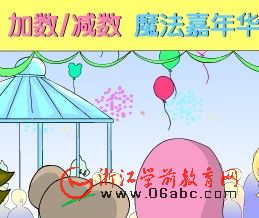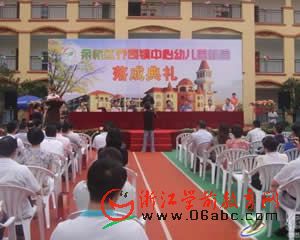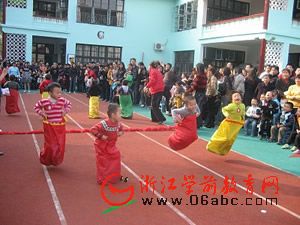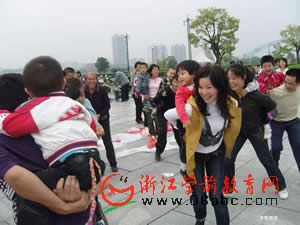英文故事(文本):The Great Ping Pong Ball Experiment(伟大的乒乓球实验)
故事简介:维多利亚湖,是世界第二大淡水湖。唯一的较大的苏必利尔湖,在加拿大和美国. 现在,没有人确切地知道谁首先提出乒乓球试验。但重要的是,有人想到这一点。不久之后,世界各地的人们谈论它。关于它的报纸印刷的故事。电视台也做了特殊的专题报道。......
Lake Victoria, where the Nile starts, is the second largest fresh-water lake in the world. The only lake that is larger is Lake Superior, in between Canada and the United States.
Now nobody knows for sure who first suggested the great ping pong ball experiment. It might have been dreamed up by some absent-minded, daydreaming inventor. Or, it could have been thought up by some great scientist. Or, it might have been thought up by a little kindergartener in Kalamazoo, Michigan.
But the important thing is that somebody thought of it. And before long, people all over the world were talking about it. The newspapers printed stories about it. Television stations did special feature stories on it. And, everyone, just everyone, expected that the great ping pong ball experiment would happen right on time.
What exactly was the great ping pong ball experiment anyway? How was the experiment to be performed, and what was it supposed to show?
The great ping pong ball experiment took place to show just one thing. The purpose of the experiment was to show that a small, frail ping pong ball could travel four thousand miles down the longest river in the world.
The experiment would end when the ping pong ball reached the capital city of Egypt, Cairo. At that time, a kindergarten student from one of the schools in Cairo would reach down into the Nile, and pick up the ping pong ball that had been thrown into the river way back at Lake Victoria.
Two months. That"s how long the ping pong ball would have to travel from Lake Victoria to Cairo. To add some zest and excitement to the experiment, the ping pong ball was to be thown into the top of the Nile River on November 1, 1999. The entire world would then watch to see if the ball could travel the length of the Nile before midnight, December 31, 1999.
But the journey would be a dangerous one for a small, frail ping pong ball to travel. The ball would have to survive at least nine large waterfalls. It would have to survive being thrown against rocks and boulders. It would have to survive getting stuck in the papyrus reeds by the side of the river. And most importantly, it would have to survive getting swallowed by any hungry fish along the way.
People would follow it all along its long journey. Scientists would follow it by driving along roads that travelled parallel to the Nile river. They would keep careful track of how far the ball had travelled each day. Sometimes they would even circle over the ping pong ball in a helicopter, making sure that the ball was safely travelling downstream.
Once a week people all over the globe would turn on their televisions to see how far the ping pong ball had travelled in the past week. The television studios would have a large map of Africa on the wall, with an arrow pointing to where the ping ball was on that particular day.
It would be an elegantly simple experiment for the people of planet Earth to perform. For two months, the attention of the world would be focussed on what was happening to a ping pong ball travelling down the Nile river.
The outcome of the great ping pong ball experiment would not change the lives of many persons living on this planet. But perhaps, just perhaps, the experiment itself would help people realize that in some ways the planet Earth is just a small, frail ping pong ball traveling through space.
手工材料
关键词:Ball
- 英文Flash歌曲在线看:My balloon(我的气球) 2010/11/24
- 英文歌曲MP3欣赏:Here’s-a-Ball-for-Baby 2010/11/08
- 在线欣赏英文歌曲:roll that ball(滚动那个球)(flash格式) 2009/06/08
- 英文歌曲FLASH:take me out to the ball game(带我出去看棒球赛) 2009/06/20
- FLASH英文故事:where is the ball 2009/07/08
-
暂无...







